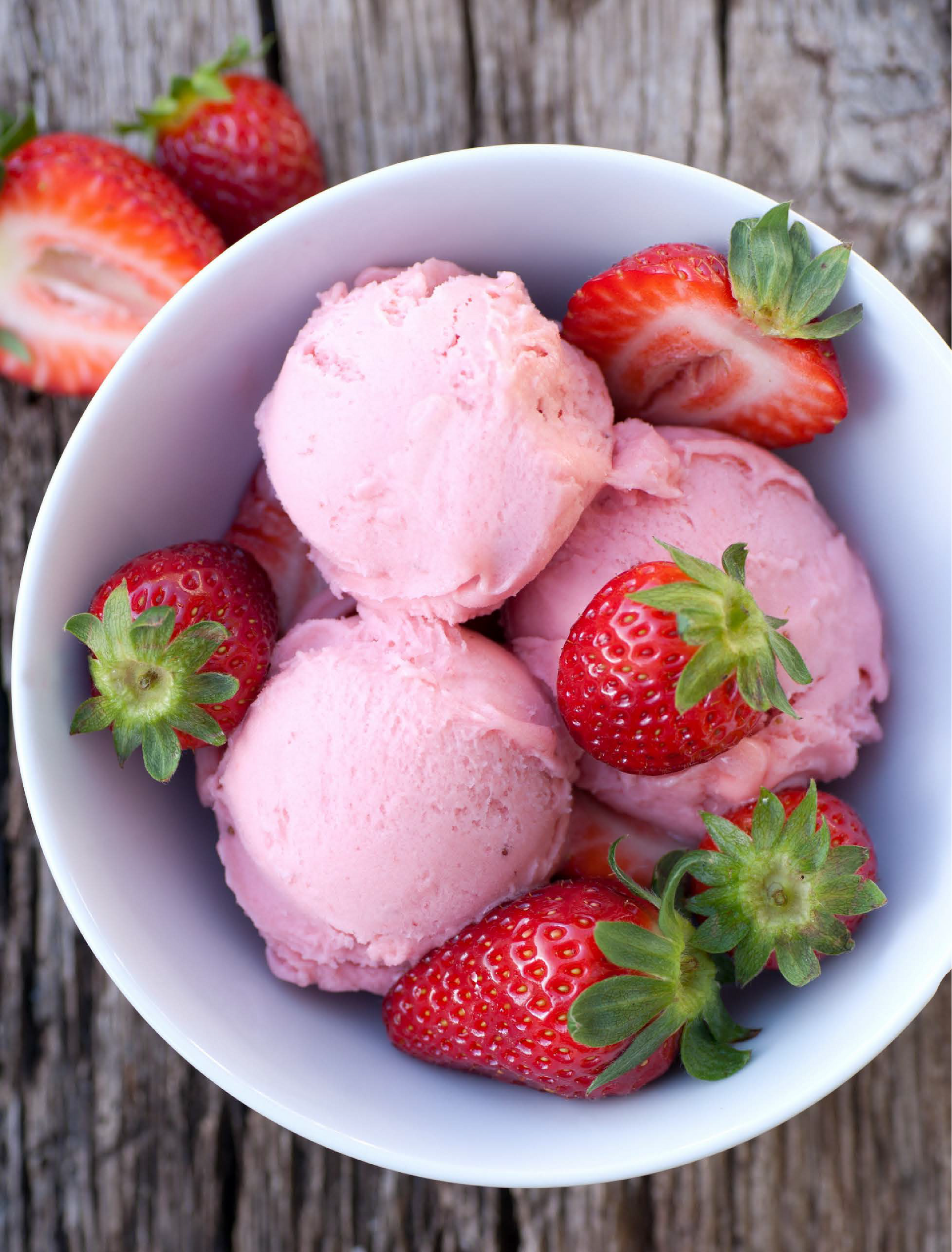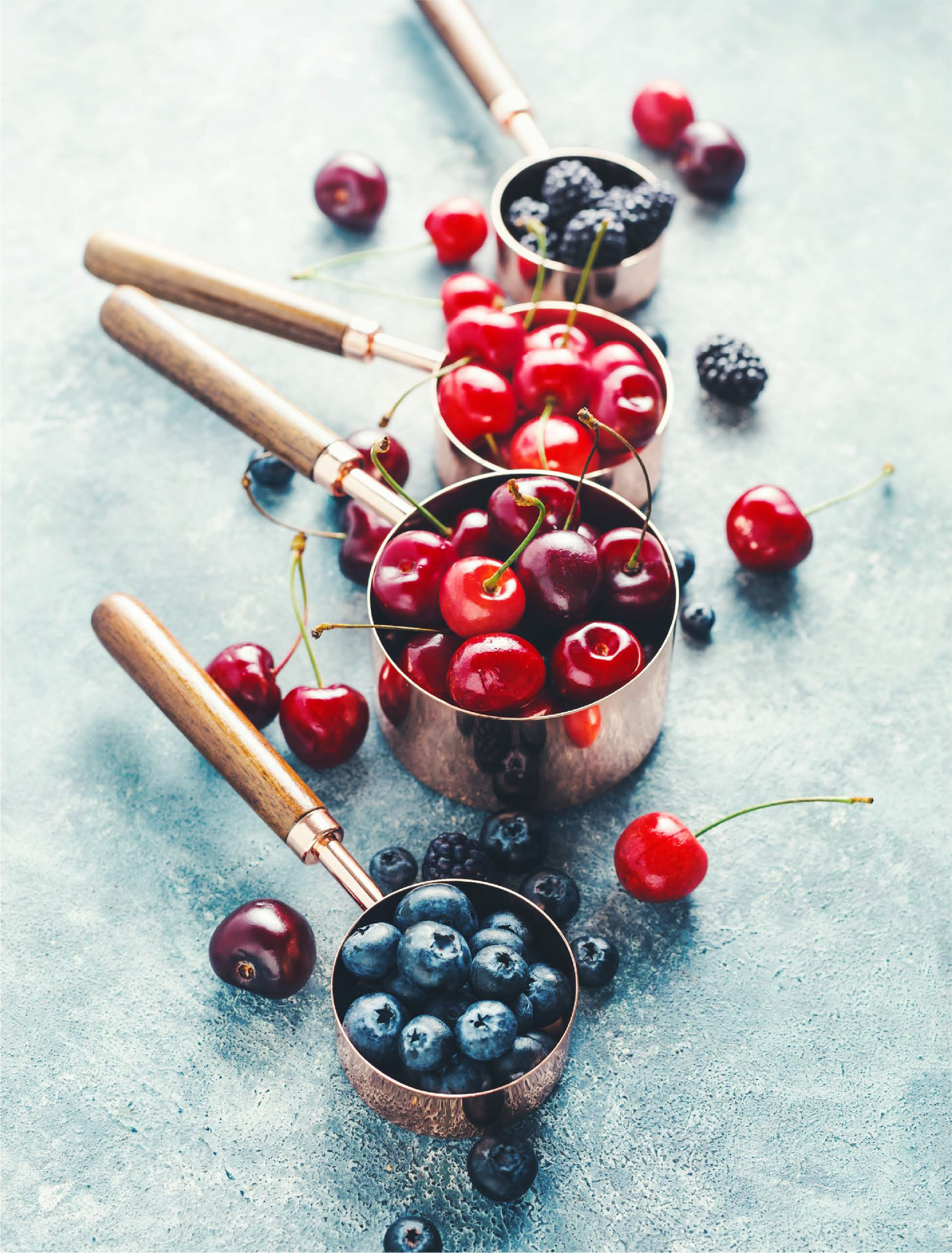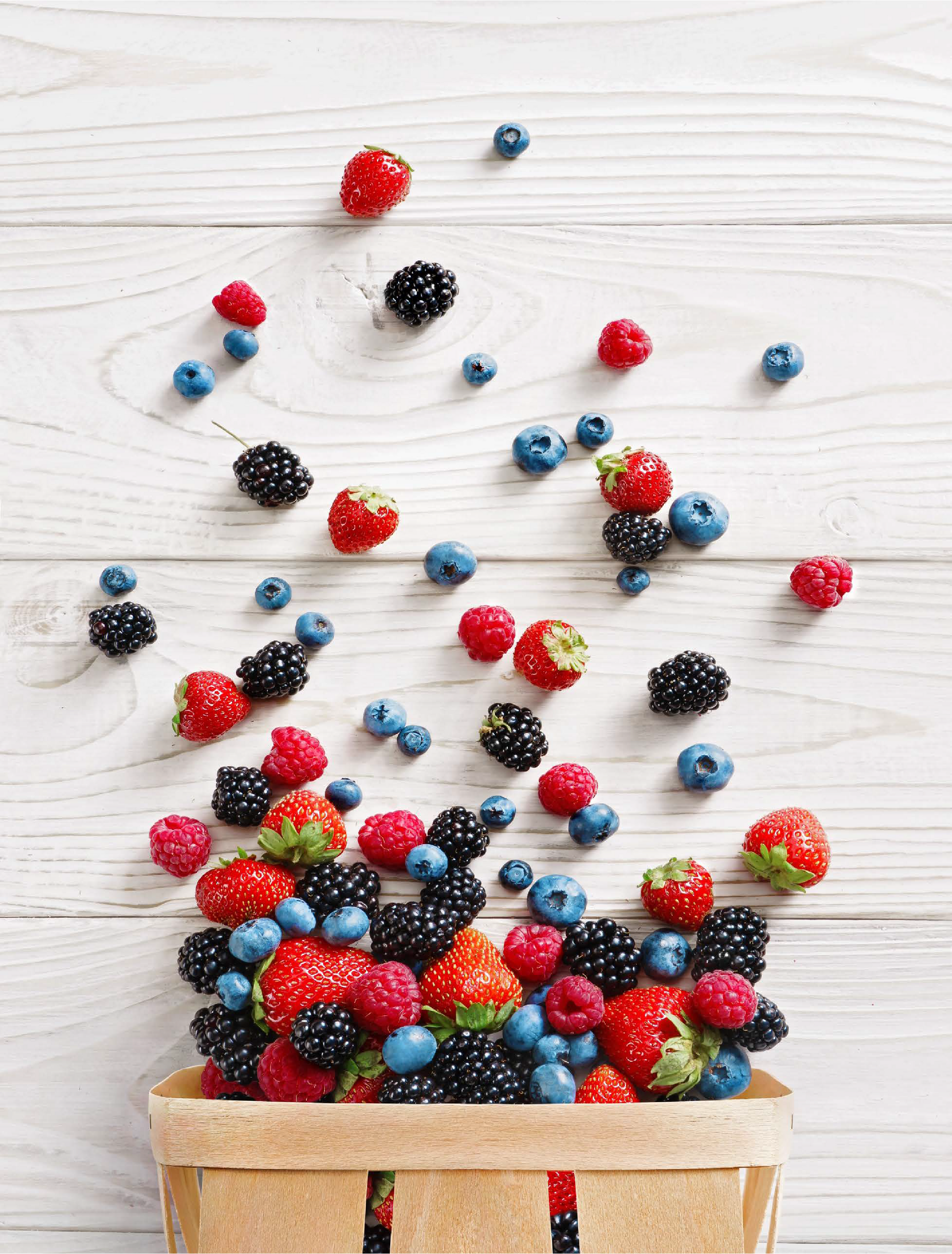June 2023 Industry News and Market Report
Average Customer Savings
Period July 22 to August 23
8.3%
Butchery
12.9%
Fish & Seafood
11.7%
Fruit & Vegetables
19%
Dry Stores & Frozen
Commodities Report
Dairy Pricing
Milk prices had been falling. However, we believe this may soon change. The general feeling amongst farmers is that it has been a shaky start to the traditional Spring flush. Milk volumes are lower than expected so this may cause prices to rise again. Cheese prices also seem to be on the rise again. This is reflected first in the younger cheeses such as mozzarella and can often signal the direction of travel for cheese prices.
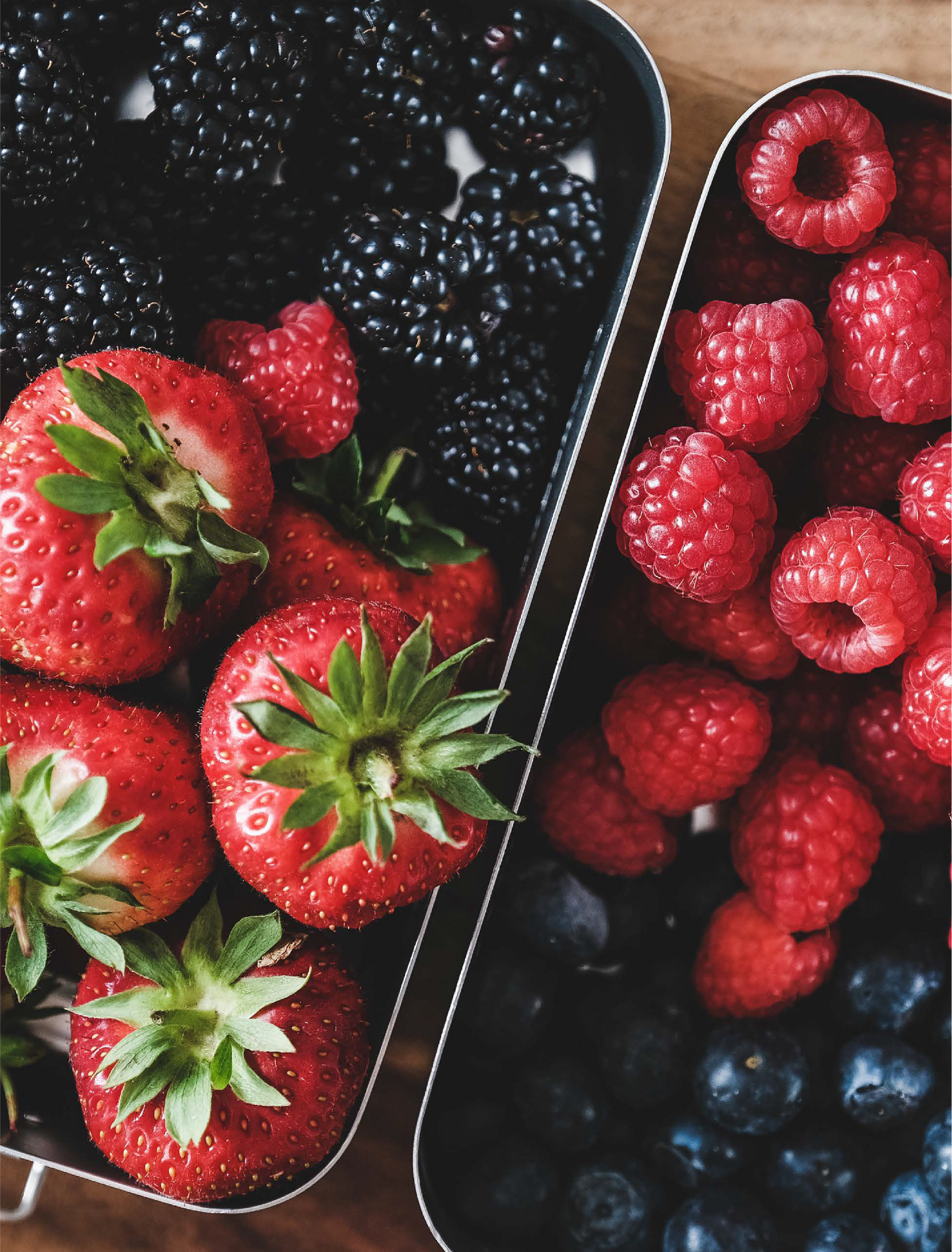

Egg prices
Eggs have been the subject of our commodities report on a nearly monthly basis over the last 6 months. Prices are still rising and we continue to have reports of the major supermarkets being without stock.
Chicken
Pricing has eased somewhat on frozen chicken especially and we predict it will continue to do so as the Ukraine is expected to continue to increase shipments to the EU, benefitting from temporary EU free-trade measures. This should also trickle through to the UK.

Salmon Pricing
Norwegian salmon prices peaked at an all-time high in mid-March and there are still no signs of them reducing anytime soon. Experts suggest this is due to lower output due to colder than average water temperatures. Furthermore, the Norwegian government implemented a 40% tax on salmon farms which may push some producers out of the market and drive further price increases. Chilean stocks have been affected by disease outbreaks and will therefore be unable to bridge any gap
Tuna prices
Tuna prices have continued to rise since the beginning of the year. Lower than average sea temperatures have hindered the feeding and migratory habits of tuna leading to lower catches. High diesel costs, which fuels the majority of fleets, have also impacted costs.
Potatoes:
Potato prices have been increasing and look set to be significantly higher year on year. There are a number of key factors expected to drive the higher prices:
• Processors have committed to pay their farmers higher prices
• Factory capacity is at a premium. Chip producers can sell more than they can produce. New factories are being built in Europe to accommodate but this will take time
• Current free buy/Spot market prices are at record high.
Lower oil prices should help mitigate some of the price rises. It is however a seller’s market.

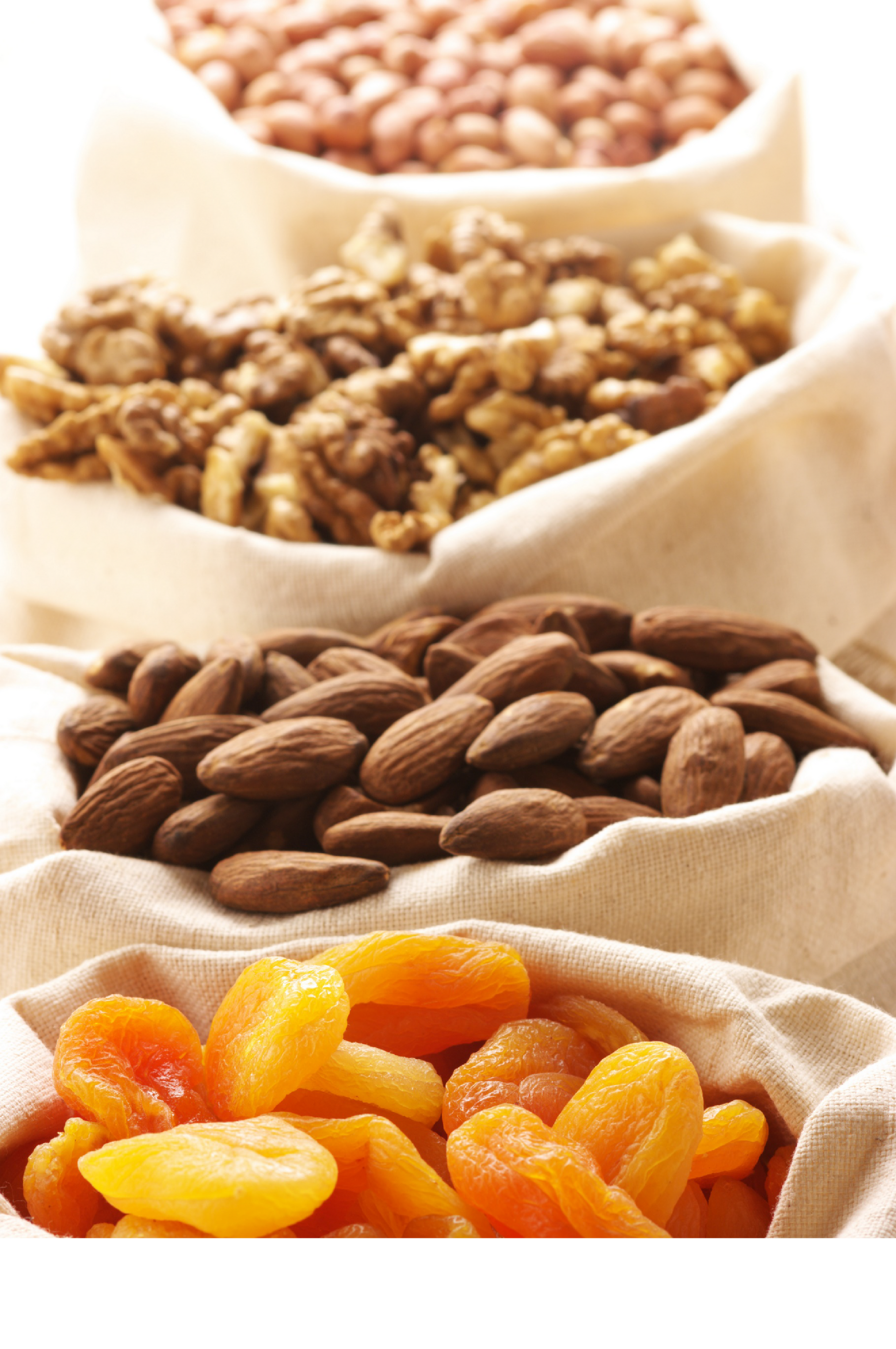
Dried Fruits & Nuts
The earthquake in Turkey has caused a massive slowdown on some dried fruits as warehouses have fallen down or are feared as unsafe for workers. It will take time to rebuild structure in the region, so pricing is expected to be higher for the foreseeable future.
Olive Oil
The global price of olive oil hit a 26-year high. Heat and drought in Spain and elsewhere in the Mediterranean harmed production of olive oil.
Cocoa
Cocoa has seen increased prices of around 22% versus 2022. This is due to a decline in cocoa exports from Nigeria (Nigeria is the worlds fifth-largest cocoa bean producer). The Ivory coast crop is also predicted to be 25% lower than last year. Cocoa farmers continue to struggle with the lack of fertilisers and pesticides as the war in Ukraine has limited Russian exports of potash and other fertilisers worldwide.


Fruit & Vegetables
What’s in season for June?
• English Asparagus
• Fresh Peas and Broad Beans
• Jersey Royal Potatoes & Cornish New Potatoes • Corn on the cob
• Courgettes
• Wet Garlic
• Heritage Tomatoes
• Salad
• English Strawberries
• English Raspberries
• Cherries
• Apricots, Nectarines and Peaches
Spain and Portugal are currently suffering from heat and lack of rainfall. Of the 3 main water reservoirs in the North of Spain, one is already fully depleted, and the levels of the others is very low.
The Ukraine dam explosion is set to have long lasting consequences for the fruit and vegetable industry. The flooding has covered one of the country’s most fertile areas and without the dam, areas further south will lack vital irrigation.
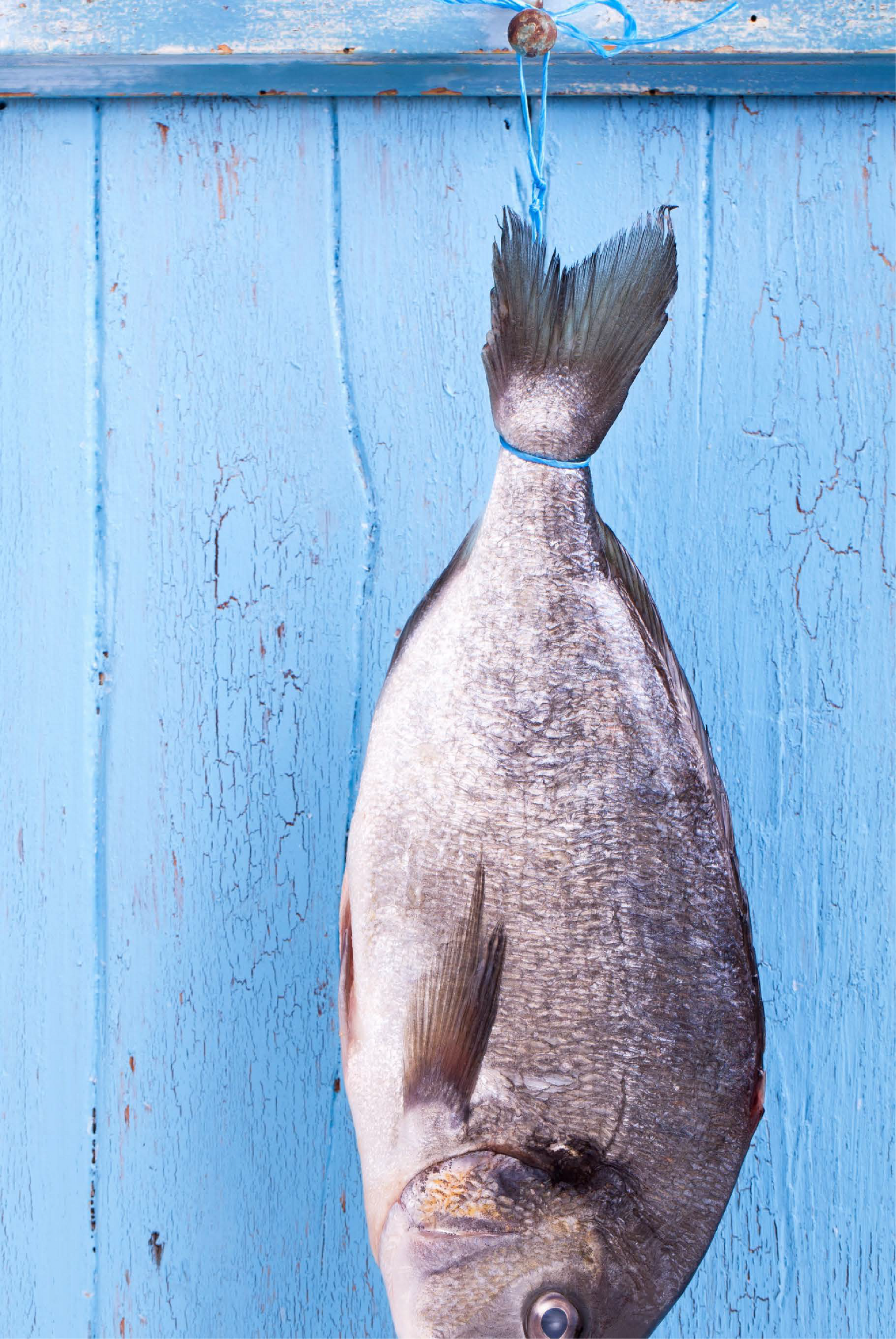
Fish & Seafood
The Marine Conservation Society have released their new ratings:
• Bluefin tuna stocks have recovered enough to now be able to be sold
• Most rays and skates remain either red or orange rated, so best avoided
• Yellowfin tuna stock in the Indian Ocean has been seriously overfished despite the existence of certain management measures that have not been properly monitored or enforced.
• Stocks of mackerel in the Northeast Atlantic are still abundant but are consistently overfished. This is causing stocks to decline and the MCS has downgraded them. Hand line fished mackerel in the South West of the UK is still considered sustainable.
• Sardines caught in French or Spanish fisheries in the Bay of Biscay have been downgraded to a 5 rating due to poor management and concerns over low stock levels. Stick to UK caught sardines when in season.

Hotelier
in Swindon
“Having over 20 suppliers was making ordering produce so much harder and more expensive that it needed to be. Connect explained how they could help us consolidate our supplier portfolio without making any compromises. Its such a simple process”
John P.
Coffee Shop Owner
in Oxfordshire
“Despite using the same card merchant for almost 10 years, connect were adamant they could save me money, and they were right! But its more than that, the merchant they recommended is far more capable and reactive to problems than my previous provider”
Marcus W.
“Our suppliers were ok, but we always struggled to get deliveries on the days and times that we needed. Being in central London, we can only accept deliveries at certain times very early in the morning, CP were able to find suppliers that specialised in timed food deliveries. Would recommend to anyone!”
Jane R.
Care Home Facilities Manager
in Slough
“I started purchasing my care consumables through Connect Purchasing in December last year and they were able to save me over 15%, I’m constantly checking prices of other companies and still Connect purchasing are cheaper.”
Vicky L.
Publican
in Banbury
“Connect talked me through the process and completed a thorough review of our products and helped me save over £1000 in the first month, this has really helped especially with wage costs going through the roof”
Graham M.

All Rights Reserved | Connect Purchasing Limited | Company Number: 08779607 | VAT Number: GB 186 8612 65






